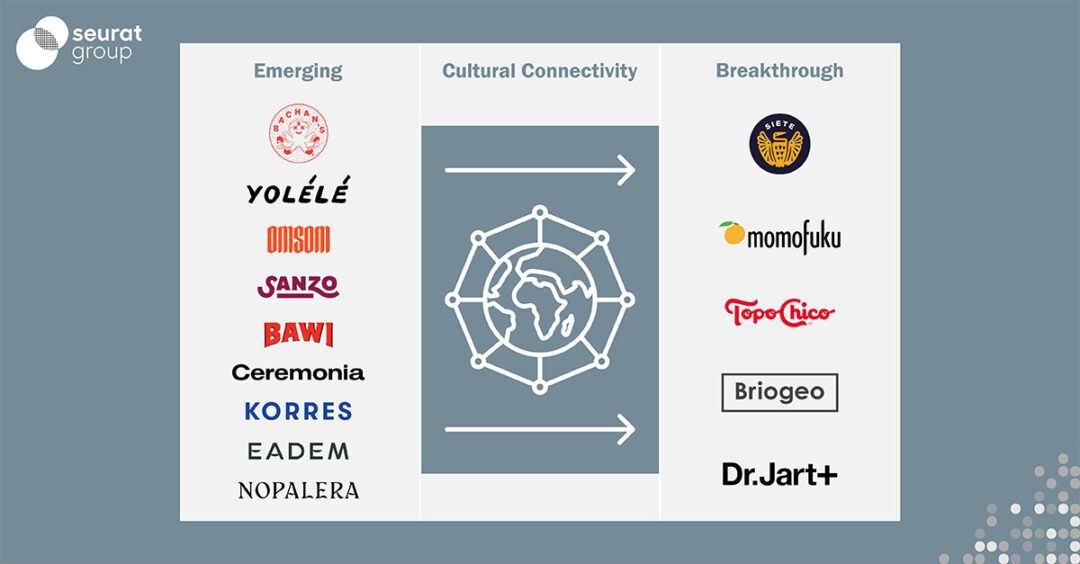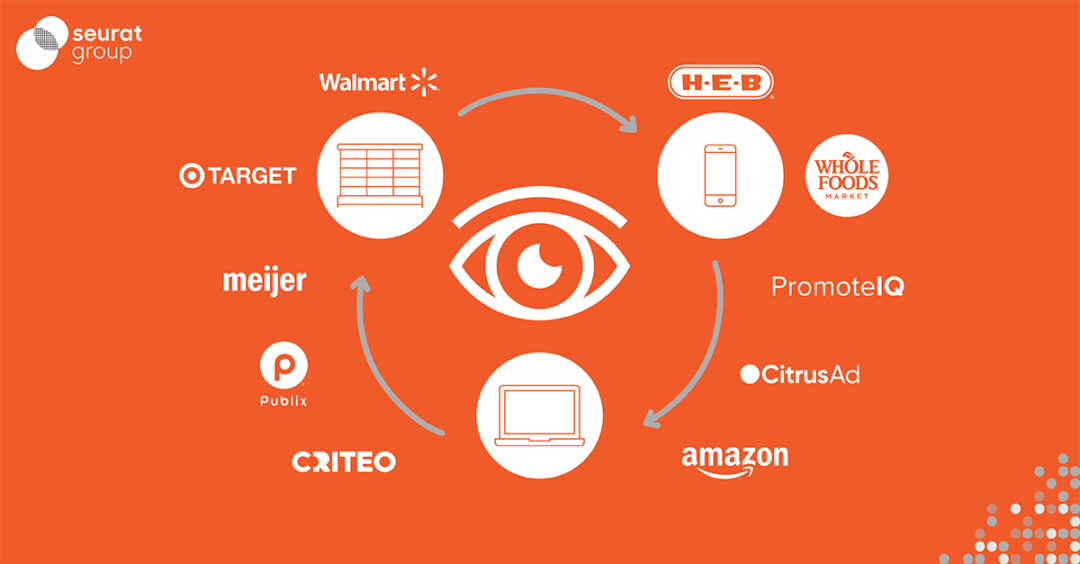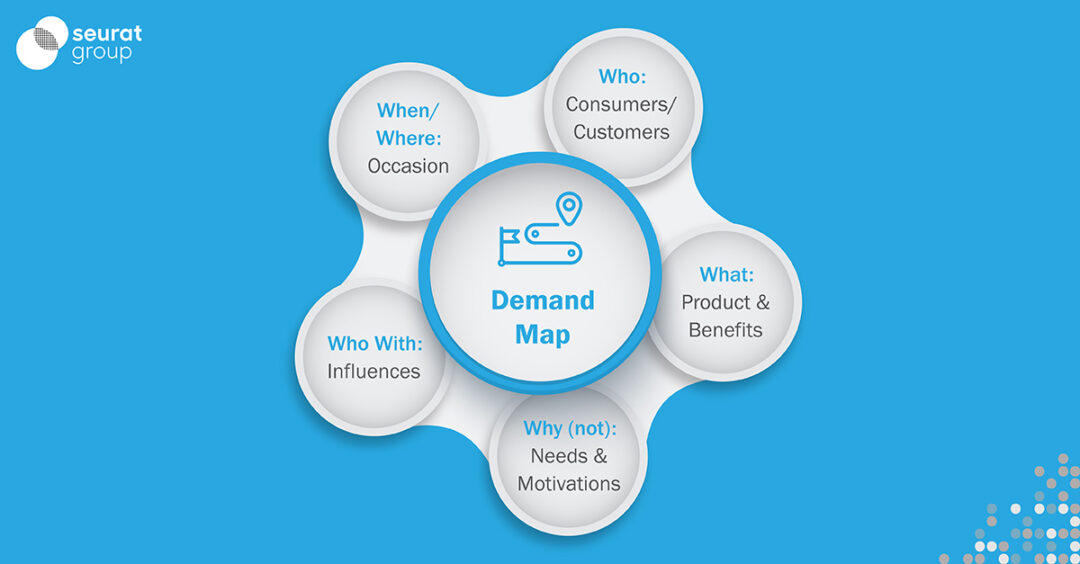2018 Top Ten Revenue Growth Ideas
Ideas to spur growth through new strategies in 2018
Revenue Growth
The most valuable commodity in our industry today, revenue growth generates cash flow, builds an infectious feeling of success, enables career growth opportunities and creates new jobs. Investors like revenue growth: the biggest gains in valuation often come at the pivot points in revenue momentum. In short, revenue growth creates value and is the most important, yet challenging, performance metric in our industry today.
Revenue Growth
At the Seurat Group, we believe revenue growth is a lagging indicator predicated on leading indicators such as a company’s willingness to embrace and execute new ideas that often go against the grain. Last year’s Top Ten list focused on new revenue pools. This year, our list focuses on new capabilities to help our partners achieve revenue growth goals in 2018 and beyond.




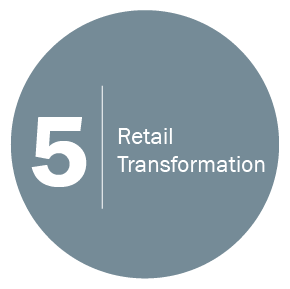



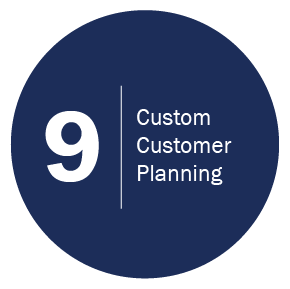
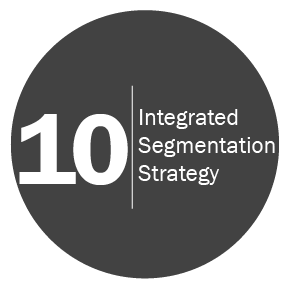
Conclusion
Our industry is going through immense change. Tomorrow’s leaders will be the brands that are the agilest, with a strong bias for action and a willingness to challenge convention to unlock new sources of revenue growth. The Seurat Group prides itself on being a partner that can generate big ideas, and arm our clients to overcome internal and external hurdles to their execution. To find out how the Seurat Group can help your organization adapt and change to realize real revenue growth, please visit our website at www.seuratgroup.com or contact us directly at info@seuratgroup.com with any comments or questions. We welcome your input.



